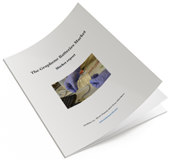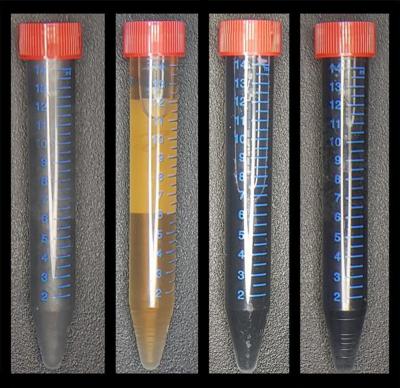GrapheneCA enters MoU with Apis Cor to develop a graphene-enhanced 3D printing system
GrapheneCA, graphene producer and developer of graphene-based technology for industries and consumers, has announced that it has signed a memorandum of understanding with Apis Cor to develop a 3D printing system capable of printing graphene materials.
GrapheneCA and its partner Apis Cor, a developer of specialized concrete 3D printing equipment, are discussing a future co-operation in which GrapheneCA will design an extruder and mixing system that can be embedded into Apis Cor’s 3D printer. Together, the two companies are expecting to develop a 3D printing system capable of printing graphene material.







